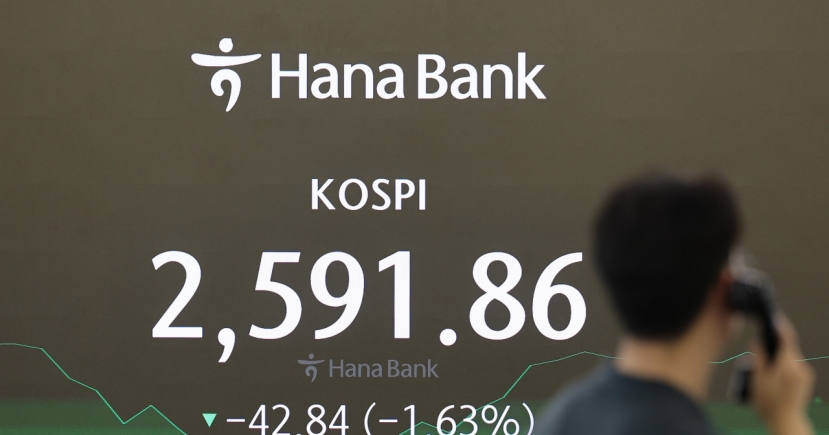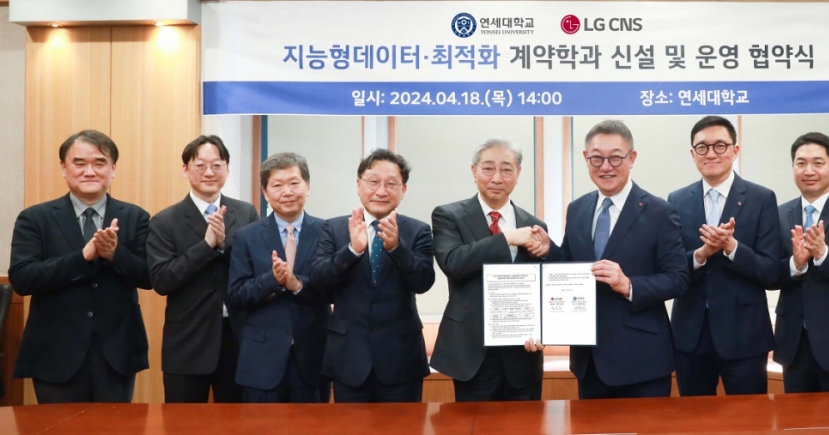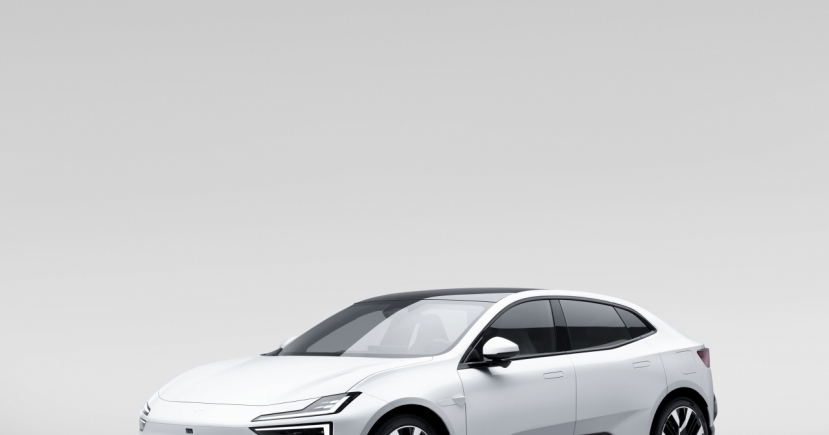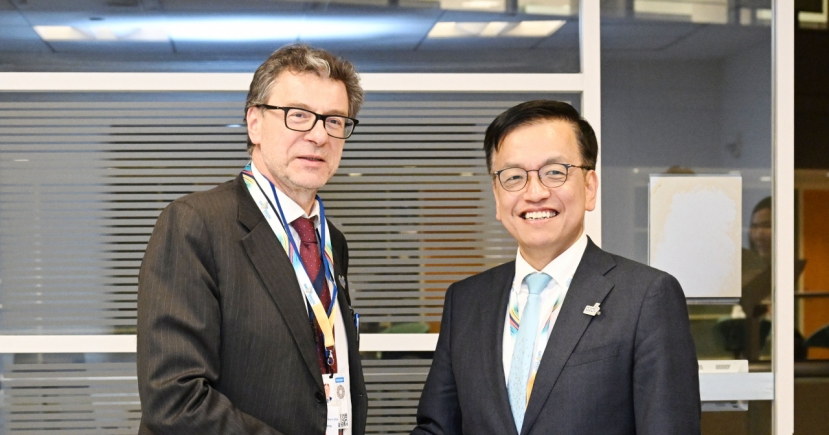Market Now
Korea to greenlight self-service hydrogen charging stations, replace coal with ammonia
 |
(123rf) |
South Korea on Nov. 26 unveiled a pangovernmental hydrogen blueprint that laid out detailed plans to realize the nation’s hydrogen economy, from authorizing self-service hydrogen fueling stations to replacing coal with ammonia at power plants.
The blueprint aims to address the key weaknesses of Korea’s hydrogen ambition -- heavy reliance on foreign-made hydrogen, concerns over safety, lack of demand and price competitiveness in the hydrogen mobility sector and infrastructure, the government said.
One of the key takeaways is the review of self-service hydrogen filling stations. For safety concerns, hydrogen vehicles can only be refilled with the assistance of trained employees at the stations. As this drives up costs significantly, the government will launch a feasibility test of a self-service station next month and establish safety standards by next year.
Also, the government plans to improve the lifespan and driving range of hydrogen vehicles, which remain too short at the moment. The lifespan and driving range of a hydrogen truck stand at 250,000 kilometers and 400 kilometers, respectively. The goal is to achieve the same performance of an internal combustion engine truck, which can run over 800,000 kilometers and 1,000 kilometers by 2030.
As for a hydrogen passenger car, the target is to reach over 300,000 kilometers by 2023. The driving range is already equivalent to 600 kilometers of an ICE car.
To drive up hydrogen demand, the government will order public power companies to use a fuel mix of 20 percent ammonia and 80 percent fossil fuel when generating electricity by 2030. The aim is to gradually upgrade coal plants and have them produce electricity with 100 percent ammonia by 2050.
Above all, Korea will build 40 overseas clean hydrogen production bases by 2050 to ensure a stable supply of translucent gas. In 2050, Korea’s hydrogen demand will spike to 27.9 million metric tons from the current 220,000 tons. The global production bases will allow Korea to source 60 percent of the 27.9 million tons on its own.
Clean hydrogen refers to blue or green hydrogen. Though colorless, hydrogen is given color descriptors depending on its feedstock and production method. Blue hydrogen is extracted from natural gas and captures carbon emitted during the process. Green hydrogen is made by passing electricity generated by renewables through the water. Korea lacks a domestic source of natural gas and adequate natural conditions for renewable energy and therefore has to import most of its clean hydrogen.
As for infrastructure, the government will test whether existing underground natural gas pipelines can also be used to transport hydrogen. By upgrading gas and LPG stations, the government will increase the number of hydrogen stations to more than 2,000 by 2050 from the current 70.
Prime Minister Kim Boo-kyum, who announced the hydrogen blueprint, said that the plan will create accumulated economic effects of 1,319 trillion won ($1.1 trillion) and 567,000 jobs by 2050.
By Kim Byung-wook (kbw@heraldcorp.com)








